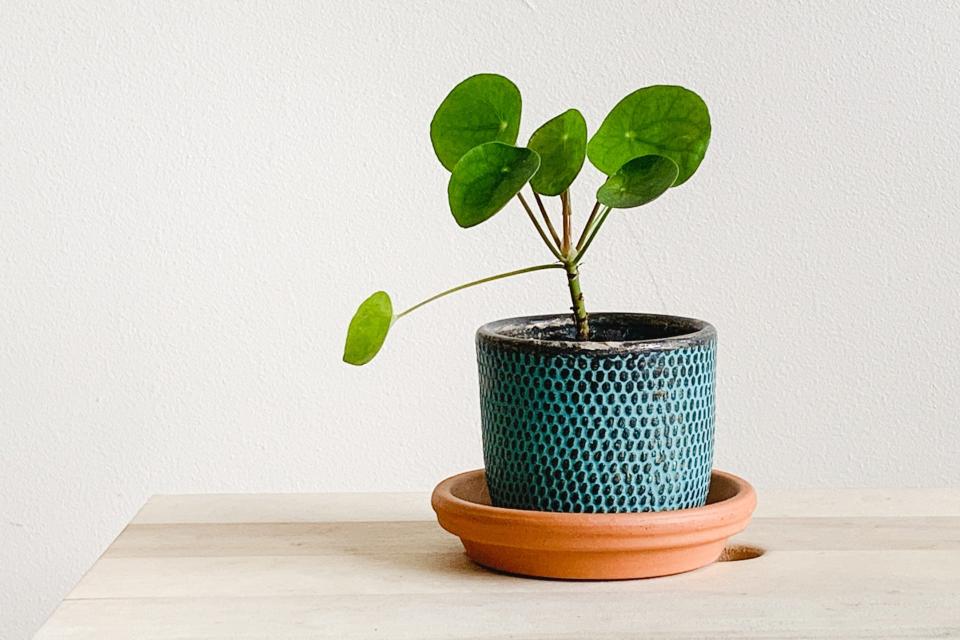How to care for Chinese money plants: watering, repotting and where to position them

Not to be confused with the money plant, or the braided money tree, the Chinese money tree (Pilea peperomioides) is a houseplant must have.
The distinctive tower of coin-shaped, dark green fleshy leaves are reportedly where Pilea gets its financial credentials from, also going by the alias of “Coin Plant”. It’s a relative of the less generous stinging nettle, but don’t worry, the Pilea is sting free. As houseplants go it is a relative newcomer to the scene and, unusually for a houseplant, it found its way onto our windowsills through generations of plant hand-me-downs.
Pilea’s houseplant origins have been traced back to a Norwegian missionary who collected a cutting of the plant while travelling. He eventually took the plant back to Norway in the 1940s and began to give cuttings to family and friends.
For a long time this houseplant laid its stake on the world through friendship and a shared love for all things green. It wasn’t until the houseplant boom of the 1970s and 80s that this plant entered the mainstream plant shops and garden centres.
How to care for Chinese money plants
Pilea peperomioides is native to the mountain foothills of northern Yunnan, China. Winters are cool and dry, and summers tend to be warm and wet – not dissimilar to, but perhaps slightly wetter than, an average British summer. You can keep your money plant thriving by replicating these conditions in your own home.
Allow the compost to dry out between watering in winter, and increase the watering in the summer. It’s tolerance of low rainfall in its natural environment means that if you are going away for a couple of weeks, or you forget to water, your money plant shouldn’t short change you. It’s best suited to a part of your home with bright indirect light. In a darker spot, you will notice the main stem bending towards the light – keep turning the pot to keep it growing upright.
Propagating Chinese money plants
The money plant isn’t shy when it comes to propagation, and their population can be increased in a number of ways.
If you have a mature money plant, you will notice the plant produces small offsets at the base. Also known as suckers, these baby Pilea plants can be carefully separated from the main stem, and will often have a ready-to-go root system of their own. Plant one or two of the suckers in a new pot with some multi-purpose peat-free organic compost.
If you enjoy the bushiness of your Pilea and think removing the suckers seems too destructive, fear not. With a little more patience these plants can also be propagated from a single leaf and petiole. The petiole is the part of the plant that joins the leaf to the stem. Remove a leaf with petiole intact by cutting or carefully breaking the leaf away from the main stem. Be sure to keep a little bit of the woody stem attached to the petiole, as this is where the new plant will form.
Place the leaf in a small jar or a glass and hook the leaf over the rim for support and keep two-thirds of the petiole submerged. Once you see roots and leaves developing, you can plant it into compost.

 Yahoo Finance
Yahoo Finance 